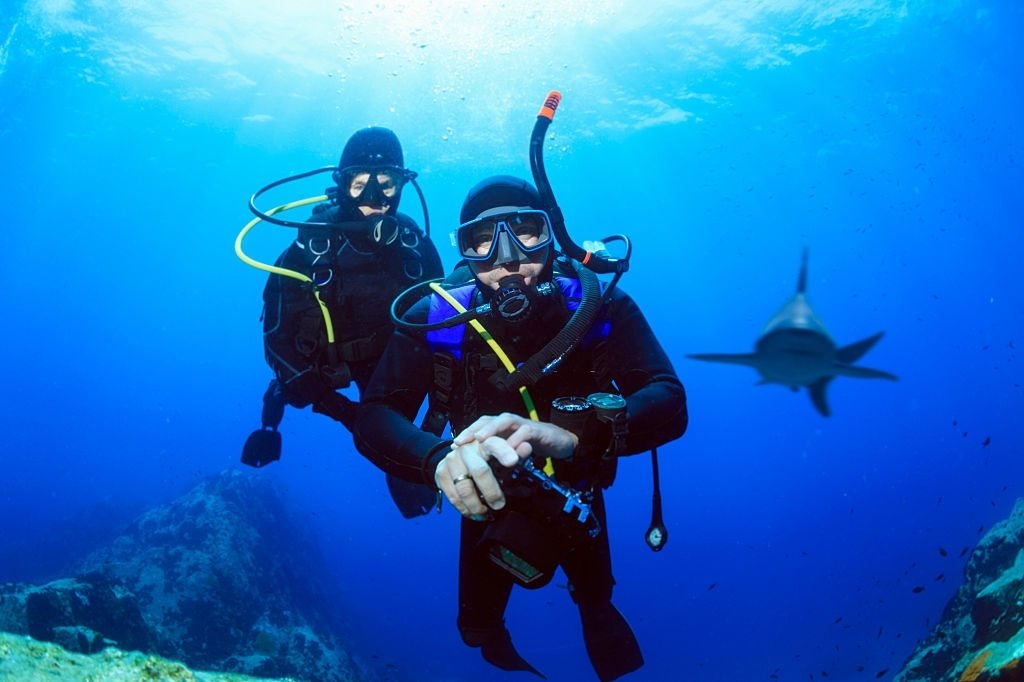Skin diving and free diving are the same thing, but they are used for different types of scuba diving. In skin diving, the objective is to spend as little time below the water’s surface as possible. In free diving, you simply view the ocean from the top, without ever diving in. When skin diving, when you see something unusual, and you decide to look down, then you probably spend most of your time in the ocean, looking at the things below you.

Skin diving jackets to keep you warm, no matter what the conditions. They are designed with high quality materials to help keep you as warm as possible. The jackets are padded and are heated to keep you very comfortable, even when the water is cool. The best suits have padding around the elbows and neck, as well as an extra layer of material to keep you warm on colder days. The jacket will also fit very comfortably over your snorkel, so that you can wear a scuba mask just like you would if you were in the ocean.
Another important feature of the jacket is that it helps keep you steady while you are swimming underwater. If you are moving underwater, your heartbeat is going to increase. This increases the risk of shallow water breaks and drowning if you happen to swim too fast. A good quality skin diving jacket will give you the stability you need to get yourself out of a diving situation safely. You will also be able to breathe with less effort as your body moves less under the water.
Some people enjoy snorkeling. It is a lot of fun, but scuba diving is a lot of work, too. If you want a chance to get more exercise from your hobbies than simply walking around, scuba diving might be for you. There is more to skin diving than just keeping fit; you need to use your lungs properly underwater as well.
If you want to get more underwater action, than you may want to wear scuba fins. These come in many different varieties, and they can help you stay safe while you are underwater. You can scuba dive without wearing fins, but fins can help you get more submerged and increase your body’s resistance. With proper training and lessons, fins can help you stay safe during any type of underwater activity, including skin diving.
Just because you love the idea of skin diving or snorkeling doesn’t mean that you can do them whenever you want. Even though the equipment is very basic, breathing underwater can be challenging at times. This is where the importance of breathing with the assistance comes into play; you should make sure that you always have a way to breathe with air while you are underwater. In addition to breathing in air, there are other methods that you can use, including water bottles and mouthpieces to breathe out.
When you’re underwater, keeping your lungs supplied with fresh air is very important. However, if you’re underwater for a long period of time, your lungs can become inflamed and your breathing can become more difficult. To combat this problem, make sure that you always keep some extra oxygen with you. It is also a good idea to try to take deep breaths when possible; however, this can become difficult, especially if you can’t breathe in the water. When you can breathe underwater, however, it is much easier to keep your lungs inflamed, so it is a good idea to keep extra oxygen on hand.
The fact that snorkeling and skin diving are similar does not mean that you shouldn’t be careful when doing either one. These adventures offer many benefits for both skiers and divers. If you’re a beginner, then going on a snorkel or skin diving adventure can help you become accustomed to the experience. As you become more experienced, these trips will give you a greater appreciation for what these adventures have to offer, and you may even want to take them more frequently.








